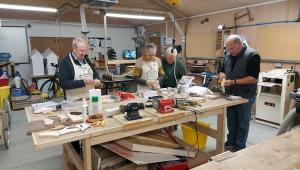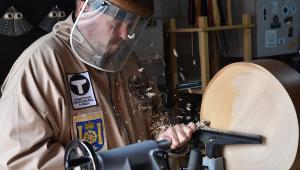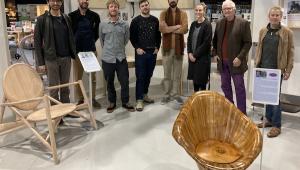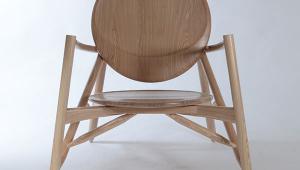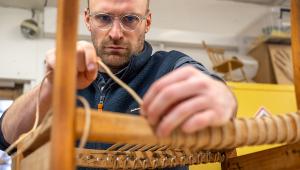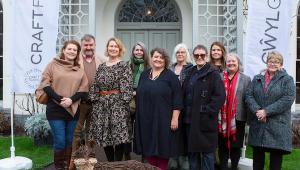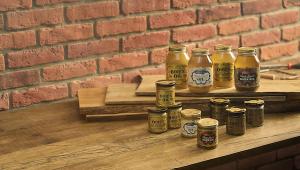William Morris – Master of Crafts
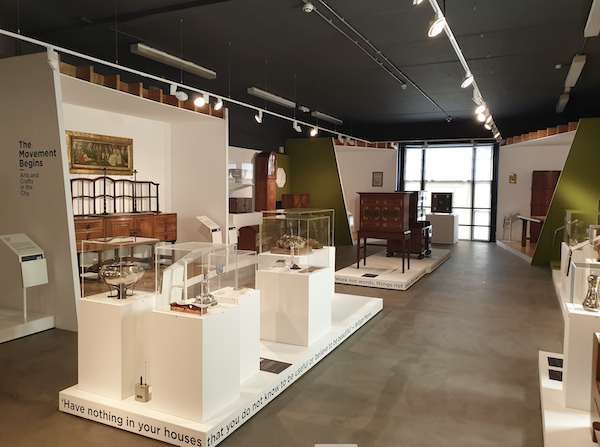
Ever play that word association game? You say eggs and I say bacon. You say speed and I say limit. Thatis, the first thing that comes into your head. And if you give the name William Morris to anyone, chances are their response will be the word wallpaper...
... which is fair enough, but William Morris was responsible for vastly more including pieces of furniture, which were influential on design and workmanship over many decades.
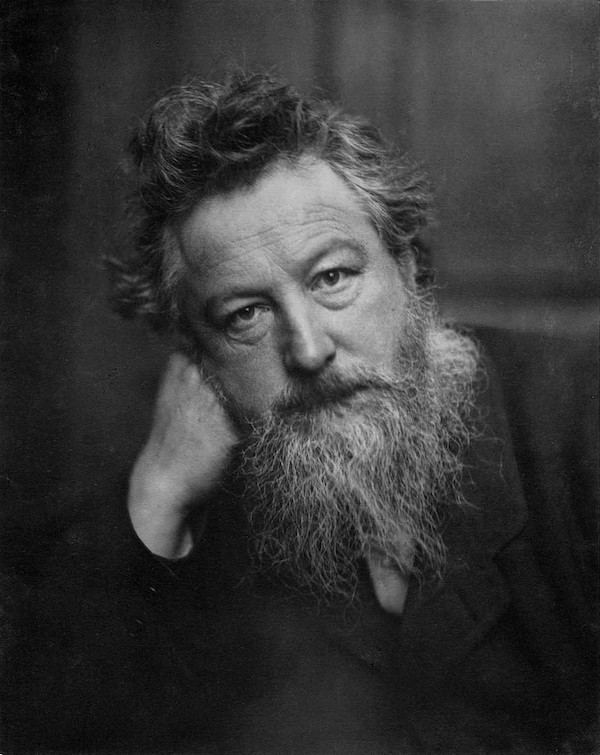
A whole library has been written about him, his circle and followers, so I won’t try to capture it all here. His name, however, has come to my attention on a couple of recent occasions, and a few pointers might therefore be of interest.
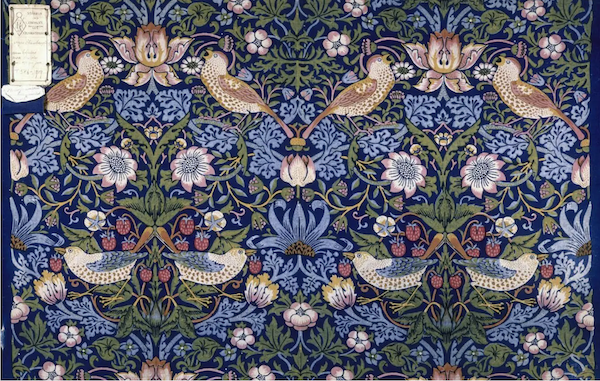
A revolutionary force
William Morris died in 1896, aged 62, having excelled in both quantity and quality with his art, writing, publishing, making and designing. To sum up Morris’ career in a very few words, he saw the condition of the working classes – at a time when neither health nor safety were of much importance – and tried to get them out of London and into the country.
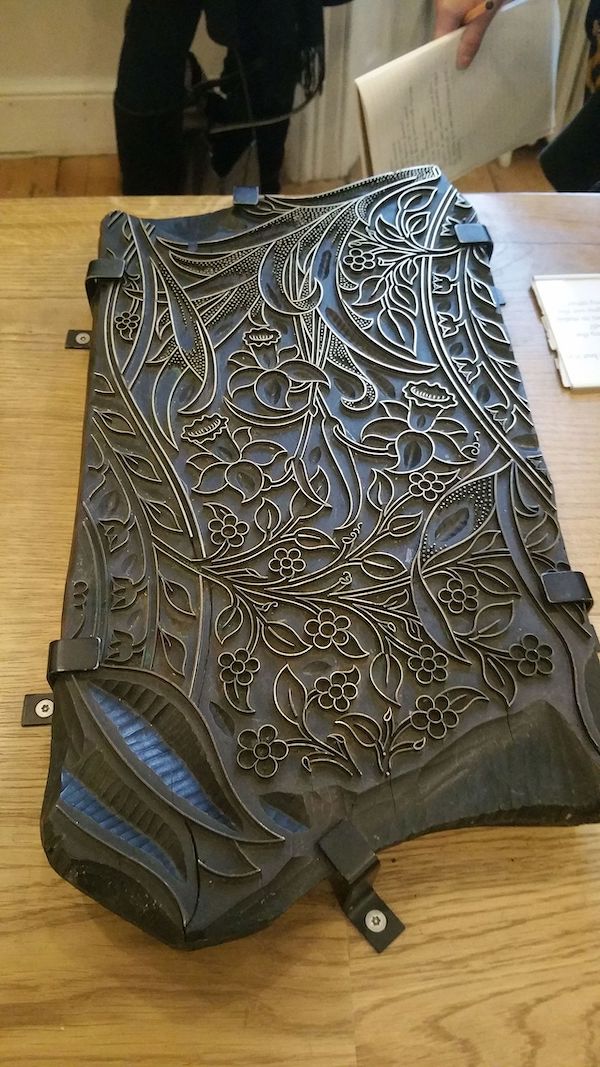
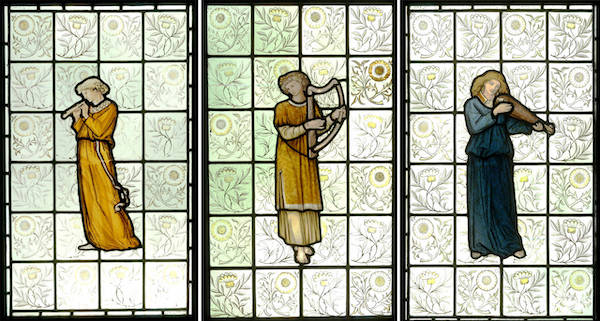
Reading material
So, what can you do to get a glimpse of him? Let’s start with a couple of books, which are still available online: 1)William Morris by Christine Poulson is a good place to start for a general overview of his life and times as well as achievements; 2) Good Citizen’s Furniture, by Annette Carruthers and Mary Greenstead, deals with the contents of The Wilson Art Gallery, in Clarence Street, Cheltenham.
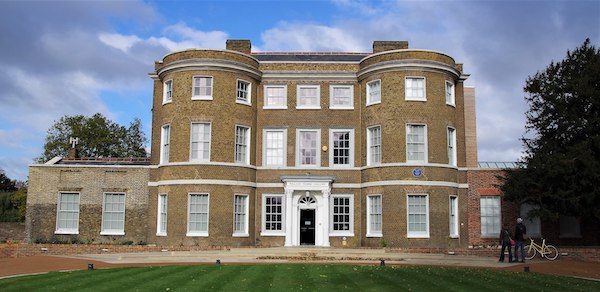
Galleries & museums
If this doesn’t sharpen your appetite to learn more about the Arts and Crafts movement, I’ll be very surprised and you can go to the gallery and see for yourself. That’s one place to visit; another is Kelmscott Manor, which is also situated in Gloucestershire. Morris lived there for the last 25 years of his life and it’s recently undergone a £6,000,000 renovation.
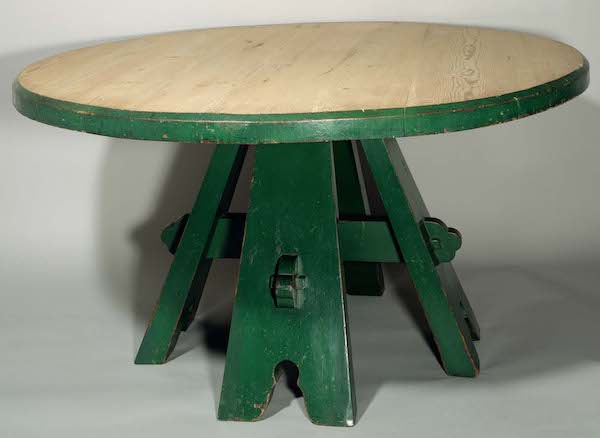
I’ll mention one more here, which was formerly his home in east London – the William Morris Gallery. If you look online, however, you’ll find plenty more of interest across the country, especially the Victoria and Albert Museum in London.
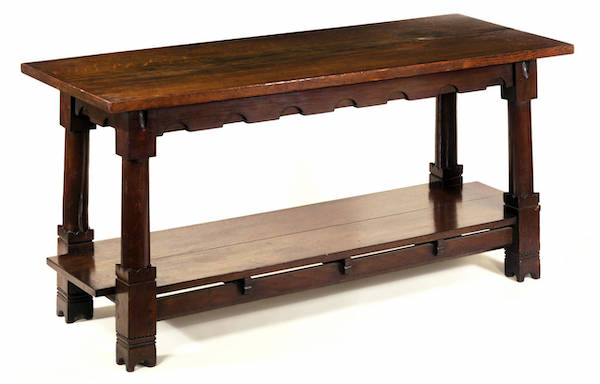
Who did he influence?
Famous names included Philip Clissett (1817–1913) who once claimed he could make a chair in a day; Ernest Gimson (1864–1919); Ernest Barnsley (1863–1926); his brother Sidney Barnsley (1865–1926) and people were still talking about them when I was young; Ambrose Heal (1872–1959) of the family firm of that name; Gordon Russell (1892–1980) who worked on simple furniture during World War II; as well as contemporary makers John Makepeace and Alan Peters.
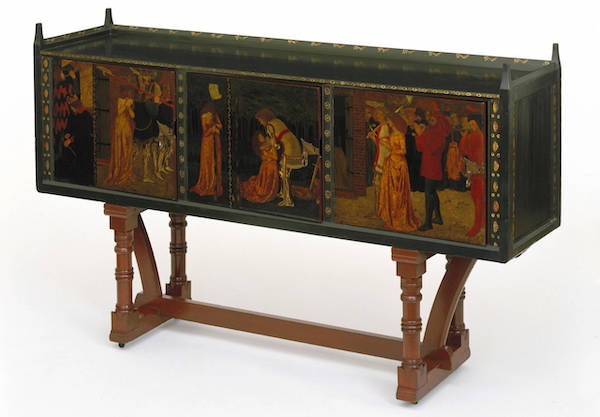
Not everything Morris said has been welcomed, however. He once commented that the Gloucestershire village of Bibury, with its 750-year-old cottages built as wool storage for monks, was the most beautiful in England; now it’s besieged by American and Japanese tourists.
FURTHER INFORMATION
The Wilson Art Gallery and Museum – www.cheltenhammuseum.org.uk
Kelmscott Manor – www.sal.org.uk/kelmscott-manor
William Morris Gallery – www.wmgallery.org.uk
The Victoria and Albert Museum – www.vam.ac.uk
- Log in or register to post comments
